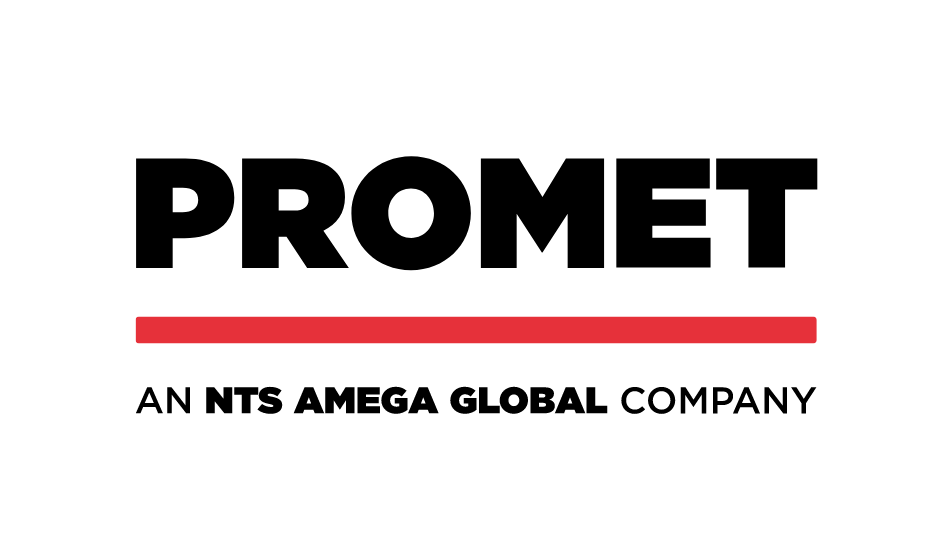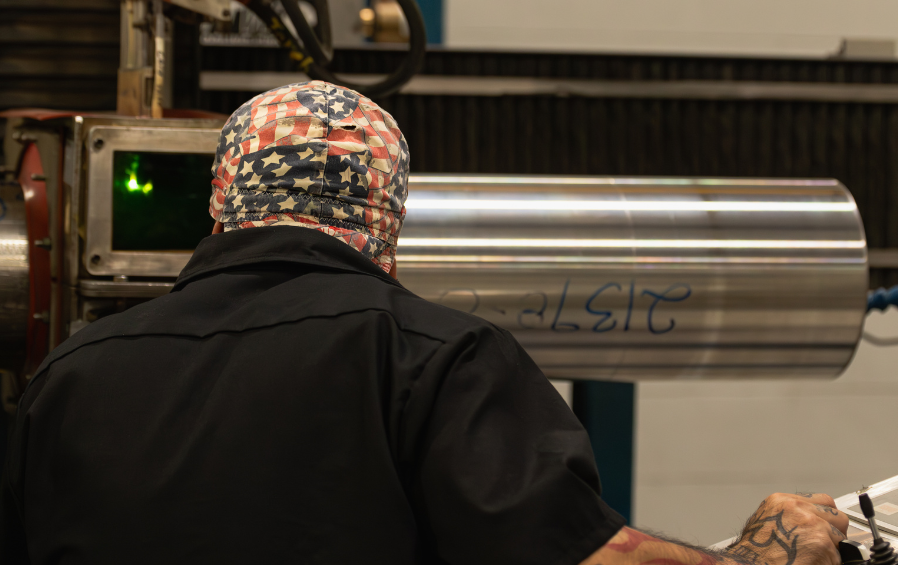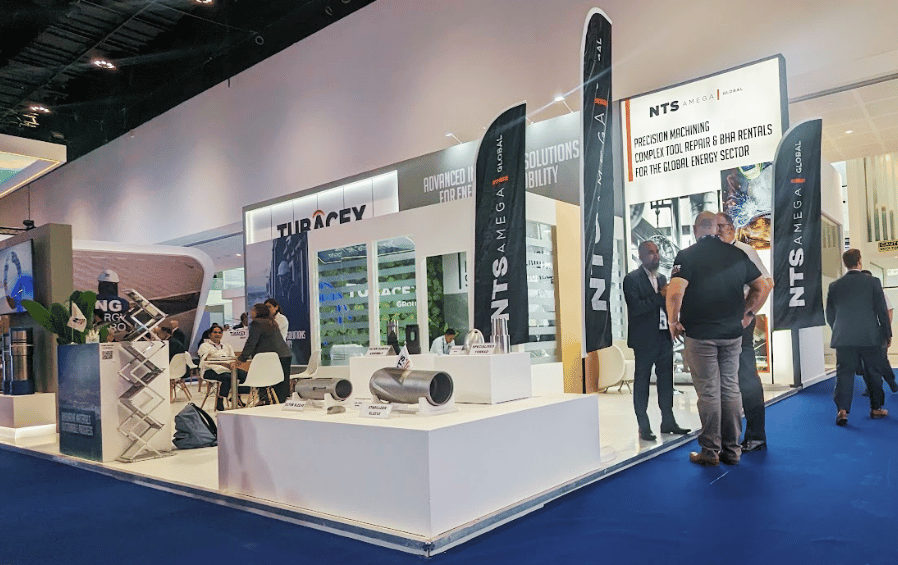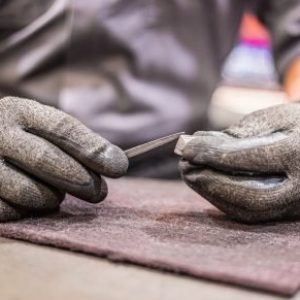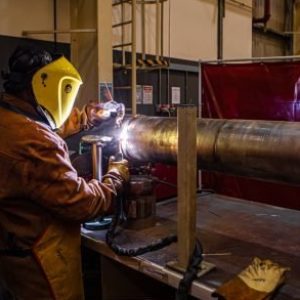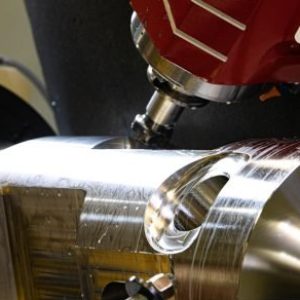Reducing friction during downhole drilling is a major priority for many companies. Directional and horizontal downhole drilling are essential techniques in the oil and gas industry, allowing operators to access reservoirs that are not directly beneath the drilling rig. However, these advanced drilling methods come with their own set of challenges, the most significant of which is friction.
There are many causes of friction in downhole drilling
Friction occurs when the drill string, which includes the drill pipe, bottom hole assembly (BHA), and drill bit, interacts with the wellbore walls. In vertical drilling, friction is relatively minimal because the forces are primarily vertical. However, in directional (angled) and horizontal (horizontal or near-horizontal) drilling, the drill string must bend and navigate through curved and extended sections of the wellbore. This results in increased contact between the drill string and the wellbore walls, leading to higher friction levels.
Key issues that cause friction include:
- Reduced Rate of Penetration (ROP): High friction levels slow down the rate at which the drill bit penetrates the rock. This reduces overall drilling efficiency, leading to longer drilling times and higher operational costs.
- Stick-Slip Vibration: Stick-slip is a common issue caused by friction. It occurs when the drill bit alternates between sticking (stopping) and slipping (suddenly moving forward). This erratic motion can damage the drill bit and other downhole tools, resulting in costly repairs and replacements.
- Inefficient Weight Transfer: In directional and horizontal drilling, it is crucial to transfer the weight of the drill string effectively to the drill bit. High friction can hinder this weight transfer, causing the bit to perform suboptimally and further reducing drilling efficiency.
- Increased Torque and Drag: Friction between the drill string and the wellbore walls increases torque (rotational resistance) and drag (resistance to movement). High torque can lead to mechanical failures in the drill string, while high drag can make it difficult to move the drill string in and out of the wellbore, complicating drilling operations.
- Wear and Tear on Equipment: The constant friction in directional and horizontal drilling wears down the drill string, BHA, and drill a bit more quickly than in vertical drilling. This accelerates the need for maintenance and replacement of these components, driving up operational costs.
- Challenges in Extended Reach Drilling: Extended reach drilling, which involves drilling longer horizontal sections, amplifies all the friction-related issues. The further the drill bit has to travel horizontally, the more friction it encounters, making it increasingly challenging to maintain efficient drilling operations.
Why Reducing Friction in Downhole Drilling is Important
AMEGAFORCE is a state-of-the-art friction reduction tool, created by NTS Amega Global, that enhances drilling performance by providing controlled and consistent drill string oscillation. This advanced tool, approximately 15 feet in length, is strategically positioned above the Bottom Hole Assembly (BHA) in the drill string. The tool comprises three main components: a power section, a shock tool, and a valve insert. Together, these components work harmoniously to overcome friction in the wellbore, reducing stick slip and improving the rate of penetration (ROP) as well as weight transfer on the bit.
AMEGAFORCE: Reducing Friction in Downhole Drilling
The utilization of friction reduction tools like AMEGAFORCE in directional and horizontal drilling offers numerous advantages that significantly impact drilling efficiency and overall project success.
- Enhanced Drilling Performance: Friction is a major challenge in directional and horizontal drilling, often leading to reduced ROP and inefficient weight transfer. AMEGAFORCE addresses this issue by providing controlled axial motion, which minimizes stick slip and optimizes drilling performance. The result is shorter drilling intervals and more efficient operations.
- Improved Bit Life: By reducing friction, AMEGAFORCE helps to extend the life of the drill bit. This is particularly crucial in challenging drilling environments where bit wear and tear can be a significant concern. Improved bit life translates to lower costs and fewer interruptions, allowing for more continuous and productive drilling operations.
- Mitigated Extended-Reach Drilling Challenges: Extended-reach drilling presents unique challenges, including increased friction and difficulty in weight transfer. AMEGAFORCE’s ability to provide consistent drill string oscillation helps to overcome these challenges, enabling successful extended-reach drilling and expanding the operational capabilities of drilling projects.
- Higher-Quality Boreholes: The controlled and consistent performance of AMEGAFORCE leads to the creation of higher-quality boreholes. These boreholes are essential for improving efficiency during subsequent completion operations, ensuring that the overall project is completed more effectively and with better results.
NTS Amega Global: Expertise and Innovation
At NTS Amega Global, we are more than just a machine shop. Our team of experts brings decades of experience, with thousands of downhole assets and millions of hours of machining premium steel grades. This wealth of knowledge and expertise is reflected in the quality and performance of our tools, including AMEGAFORCE.
We are well-positioned to support the global energy market because of our 11 locations around the world. Our facilities include Canada, Louisiana, Midland, Oklahoma, Guyana, Alaska, Houston, Dubai, Saudi Arabia, Norway, and Singapore. Our commitment to innovation and excellence drives us to continuously improve our products and services, ensuring that our clients achieve their goals consistently and economically.


